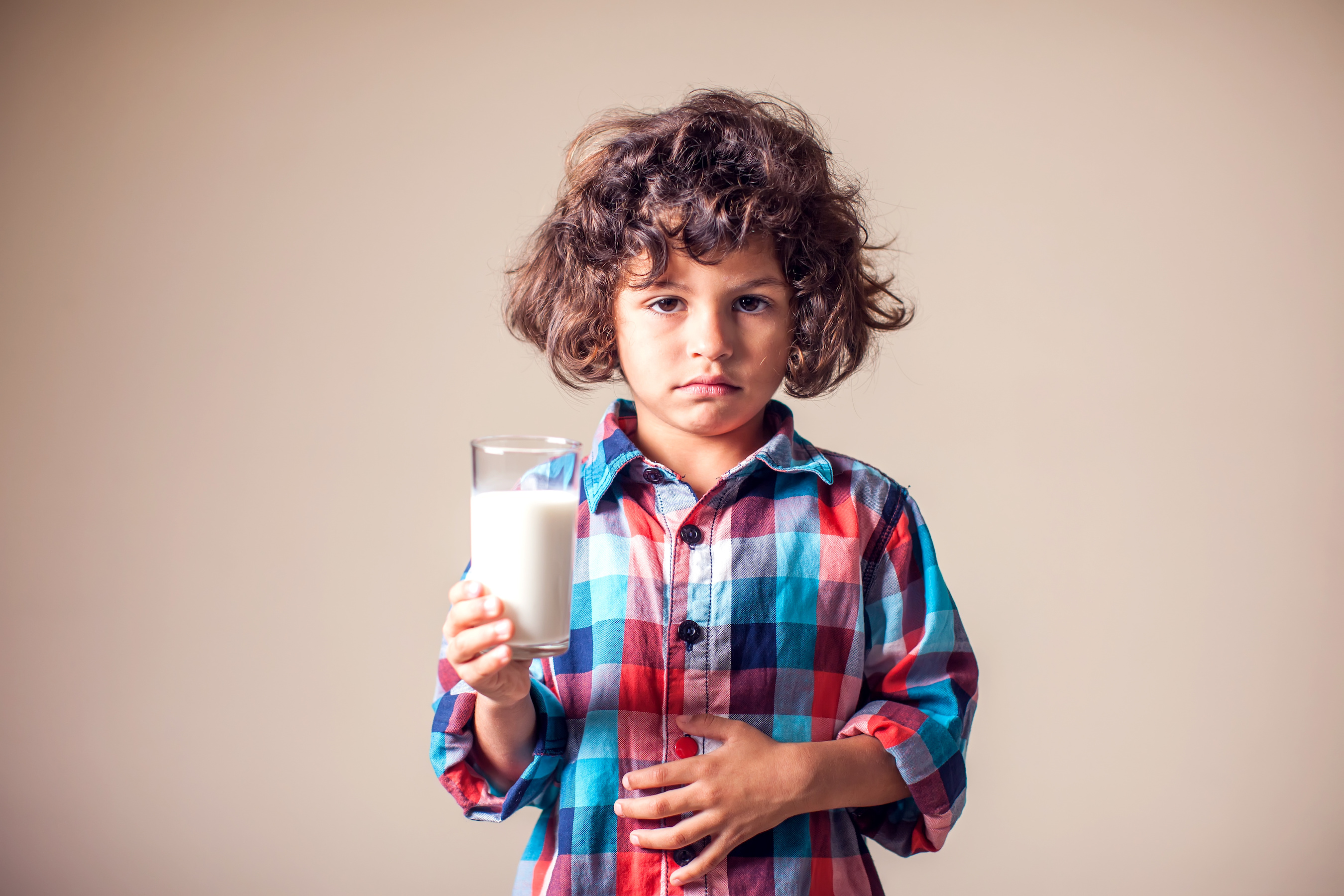According to the Centers for Disease Control and Prevention (CDC), food allergies in children have risen by 50% since the 1990s. That’s one in every 13 American children under the age of 18.
The most common allergies include milk, egg, soy, wheat, peanut, tree nuts, fish, shellfish, and sesame. Fortunately, some allergies are outgrown during an individual’s childhood or adolescence, while other food allergies continue into adulthood. It’s important to note that food allergies can develop later in life as well with peanut and shellfish being the most common food allergies in adulthood.
Understanding Food Allergy
Doctors and researchers are still trying to determine why rates of food allergies have continued to increase. Truth be told, there is no single explanation why there’s an increase in food allergies among children and the reason is likely multifactorial. There are several popular theories including the hygiene hypothesis as well as increased exposure of antibiotics and acid reflux medications in infancy.
Symptoms of Food Allergies in Children
Symptoms that appear in children are not always the same and can vary from mild to moderate symptoms or a more severe presentation like anaphylaxis. Some of the most common symptoms to look out for include the following:
- Itchy or scratchy throat and mouth
- A flushed face with an itchy rash or hives around the eyes, mouth, or tongue. Hives can progress to involve the child’s entire body.
- Runny blocked nose, watering eyes, and sneezing.
- Swelling in the face, lips, or eyes.
- Feeling dizzy and lightheaded
- Wheeze, shortness of breath or cough
- Nausea and vomiting
Typically these symptoms occur within the first 30 minutes of exposure to the concerning food however symptoms can develop upwards of 2 hours after ingestion.
Prevalence of Childhood Food Allergy
Up to one-third of parents report adverse food reactions in their young children, although the rates of verifiable food allergy are much lower. Non-immunologic adverse reactions account for the bulk of adverse food reactions. Food sensitization and/or allergy occur in approximately 5 to 10% of young children, with peak prevalence at approximately one year of age. In office skin and blood testing that measures sensitization to food allergens can often overestimate the prevalence of true allergic reactions to foods because not all sensitized children will develop symptoms upon ingestion. Most food allergies develop in the first or second year of life. The peak prevalence of food allergies is approximately 6-8% at one year of age, although reported food challenge-confirmed food allergy rates can be as high as 11%. Prevalence then falls progressively until late childhood, after which it remains stable at approximately 3-4%.
Rhinitis and Asthma
Asthma and food allergies often coexist. Young children with food allergies are more likely, when compared to their peers with no such allergies, to eventually develop asthma or allergic rhinitis. While there is a strong connection between asthma and food allergies, studies also show that vitamin D deficiency and obesity are directly connected to the increase in asthma rate among children as well.
In A Nutshell
Within a decade, the number of peanut allergies in children more than tripled, contributing to the spike in food allergy rates among children. However, it is common for most childhood food allergies to go away with time with resolution rates varying significantly between individuals and foods. More research is needed to determine the cause for the increasing rates of food allergies in children. For more information on your child’s food allergies and to learn how to manage them, contact us at Bernstein Allergy Clinic in Cincinnati to meet with one of our food allergy specialists.

